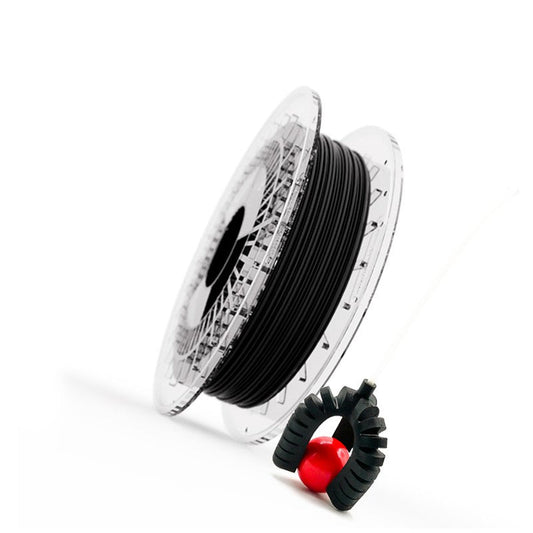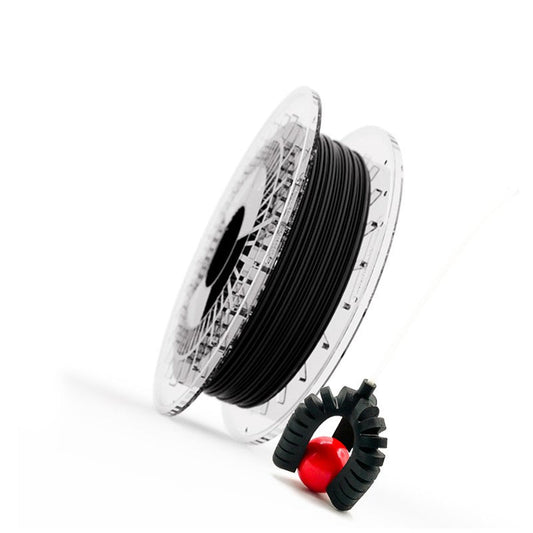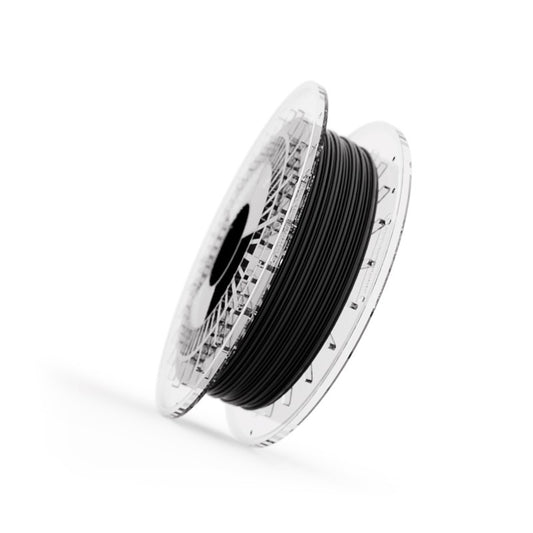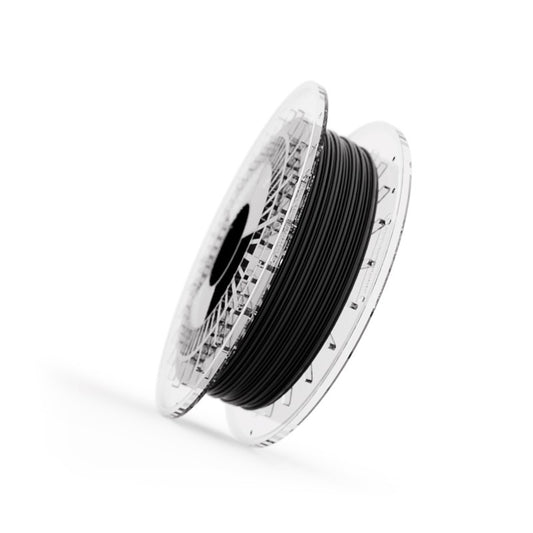3D Printed Strain Sensors with Conductive Filaflex TPU: A Leap Forward in Marine Monitoring
3D Printed Strain Sensors with Conductive Filaflex: A Leap Forward in Marine Monitoring
Discover how researchers developed a fully 3D printed, flexible, and conductive strain sensor using Filaflex Conductive TPU filament. A breakthrough combining mechanical durability, design simplicity, and on-site production — ideal for structural health monitoring in marine environments.
Single-Step 3D Printing with Conductive TPU
Developed by the University of West Attica, this smart strain sensor features a monolithic body printed in a single step using FDM technology. It combines a PLA structural substrate with a piezoresistive layer made from Filaflex Conductive TPU filament enriched with lamp black (approx. 10% w/w).
The conductive element's resistance changes under mechanical strain, making it ideal for monitoring structural stress in real time. The entire sensor is printed with integrated contact pads, eliminating the need for post-processing or manual assembly.

Why Filaflex Conductive TPU is a Game Changer
Compared to CNT-enriched PLA sensors, this new design exhibits clear technical advantages thanks to the elasticity and resilience of TPU:
-
Expanded sensing range: Detects deformations up to
5 mm, nine times greater than earlier PLA-based sensors. -
Lower hysteresis: Averaging
15.9%vs.46%in CNT-based materials, improving measurement repeatability. - Durability: Withstands repetitive strain cycles with stable electrical performance.
- Quick integration: Built-in solder pads ensure fast connection to monitoring electronics.
These advantages are directly linked to the ability of Filaflex Conductive to flex without fracturing the internal conductive network, maintaining signal integrity during both compression and decompression phases.

Reliable Performance Under Cyclic Loads
The team validated the sensor’s stability under 20 consecutive loading cycles (0–3 mm). Filaflex Conductive ensured minimal drift and excellent repeatability, making it ideal for long-term structural health monitoring.

Ideal for Marine and Remote Applications
Printed using a desktop 3D printer (Ultimaker S3), the sensor can be fabricated directly onboard ships or remote sites. This eliminates logistics challenges, reduces inventory, and supports maintenance operations with low environmental impact.
A thermal post-treatment was also applied to the printed sensor, converting the polymer from amorphous to semi-crystalline. This improved its base resistance and further reduced hysteresis, optimizing its viscoelastic properties for real-world performance.

Printing Conductive Filaflex TPU
The sensor was printed with optimized parameters for consistent extrusion, strong interlayer bonding, and electrical reliability. Both mechanical and sensing layers were fabricated in a single print using standard desktop FDM equipment.

Conclusion
This 3D printed sensor is a practical example of how flexible, conductive materials like Filaflex TPU can be used for smart, responsive, and durable electronics. Its success in marine applications demonstrates the growing potential of conductive filament technologies in real-world monitoring systems.
Whether you're an engineer, researcher, or maker, Filaflex Conductive TPU opens up new possibilities for innovation — from structural monitoring to wearable tech.
Source & Acknowledgments
Pagonis, D.N., Stavros, A., Iakovidis, I., Dimitrellou, S., Kaltsas, G. (2025). A 3D Printed Strain Sensor Employing Conductive TPU for Marine Applications. EUROSENSORS 2025. University of West Attica.
Filament: Filaflex Conductive – Recreus Industries S.L.
Funded by University of West Attica (Project: 80713)









